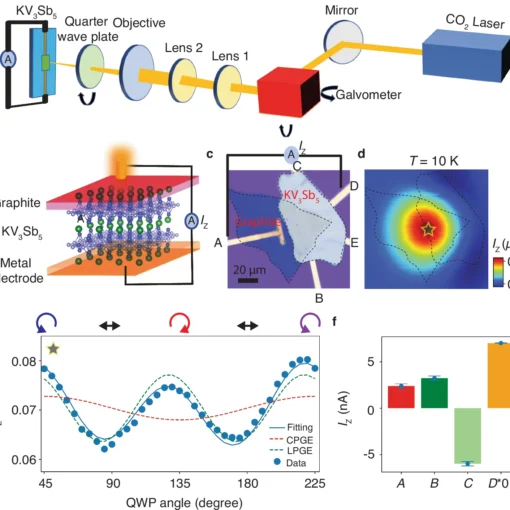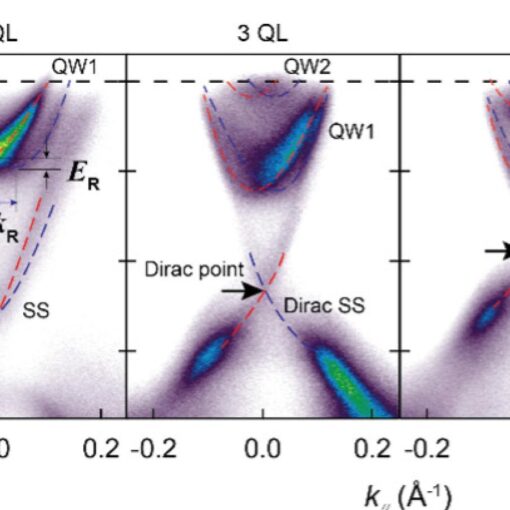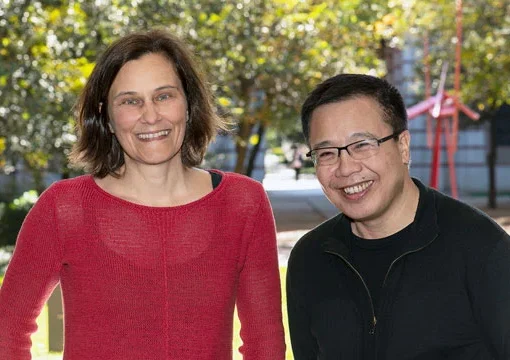
Hidden Quantum Chirality: Princeton’s Unexpected Discovery
Princeton researchers discovered unexpected chirality in a Kagome lattice material using specialized light measurements, resolving a quantum physics controversy and potentially advancing future quantum technologies while building on Princeton’s legacy of Nobel Prize-winning work in topological physics.




